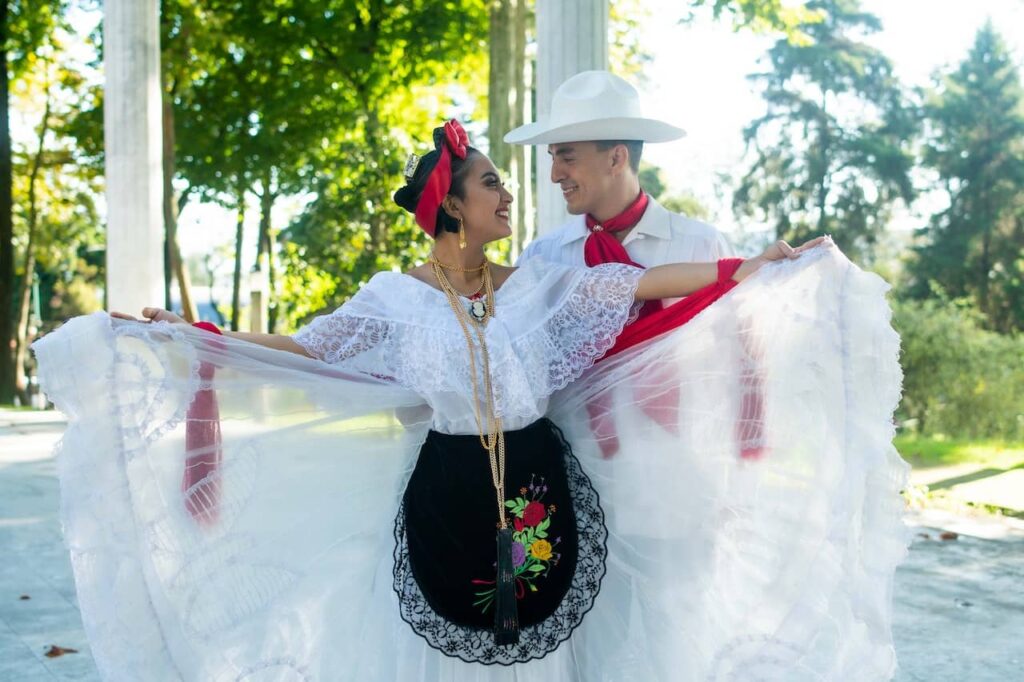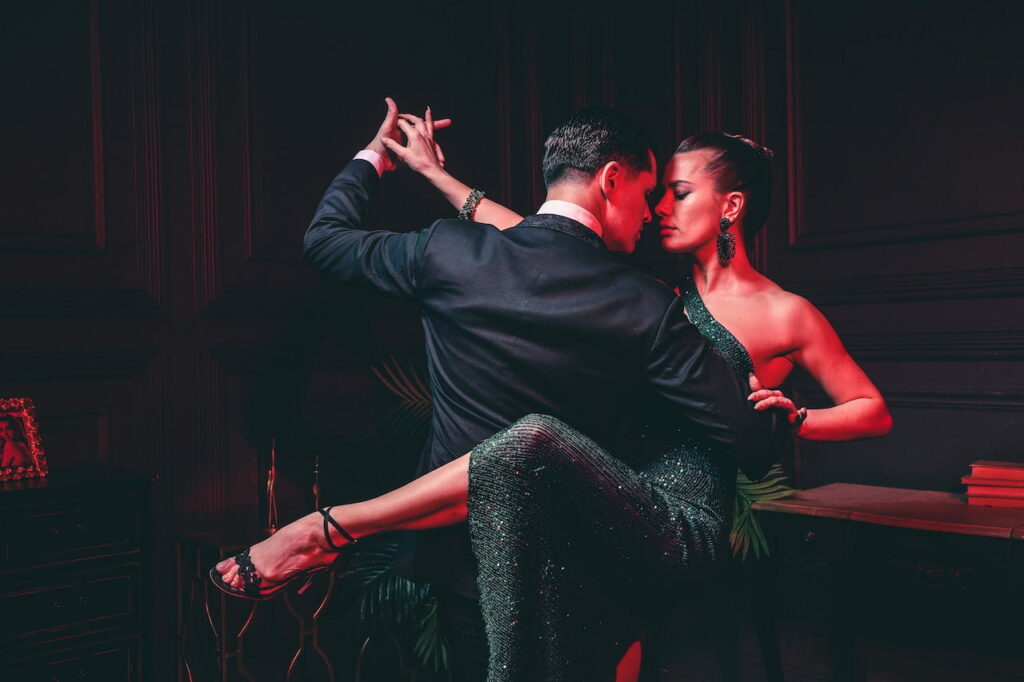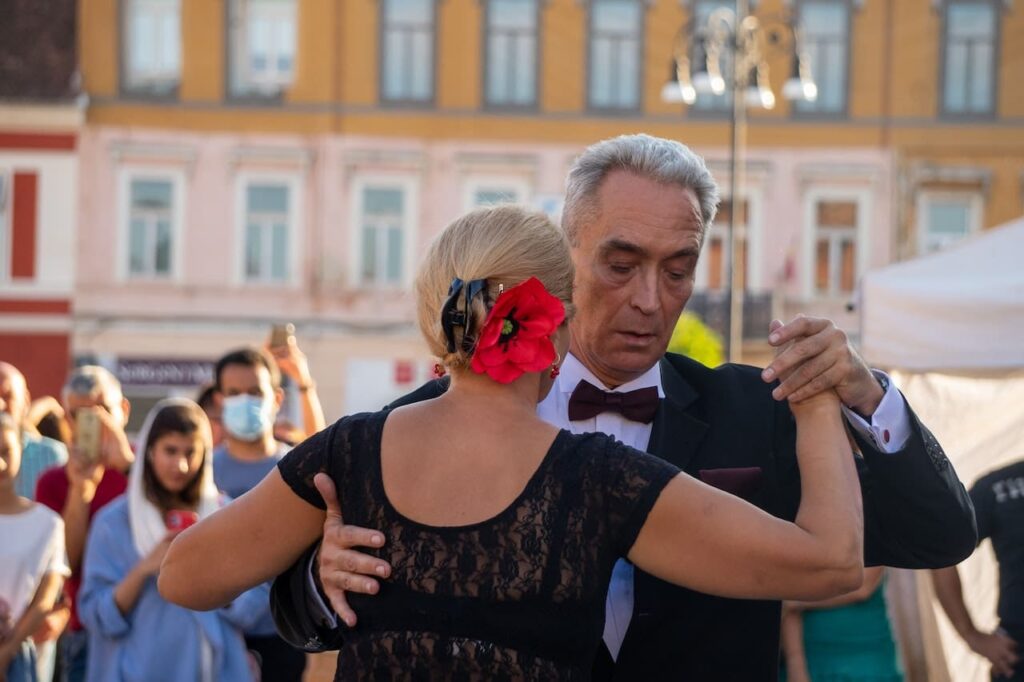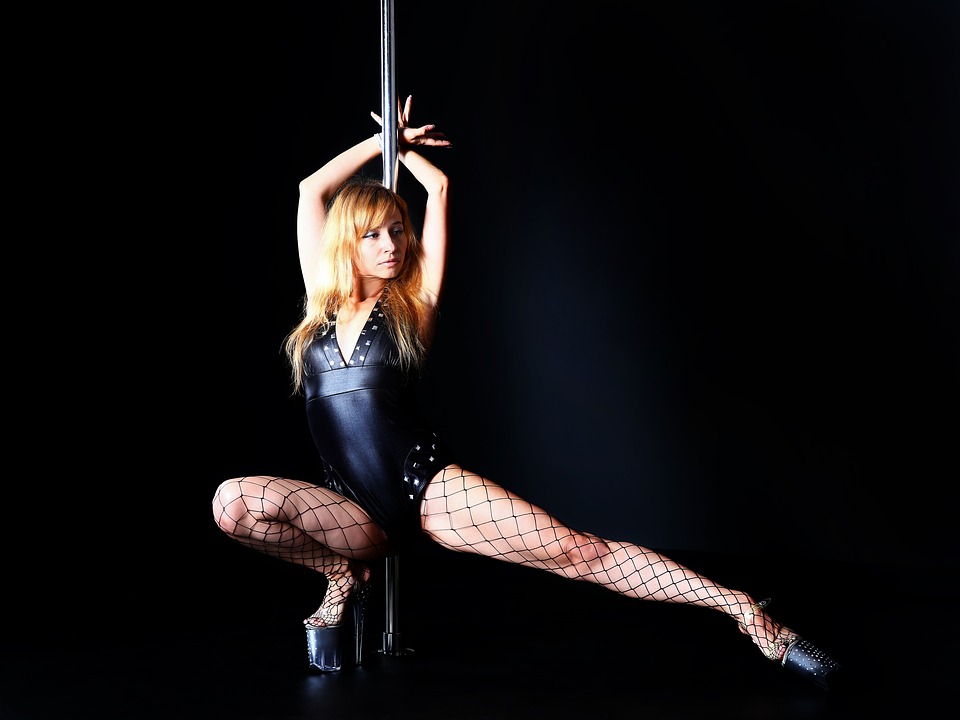
Summary
Welcome » Welcome » Guide to dance types » Take a trip to Latin America with Latin dance
Take a trip to Latin America with Latin dance
What would our moments of joy and of sharing without the dance ? At each event such as a wedding, a birth, a birthday or an evening, dance does not miss a single opportunity to accompany us. In these moments, we always find a waltz or a salsa hidden somewhere. This is why we suggest you discover more about Latin dance. Fasten your seat belts, head to Latin America!
Summary
Has Latin dance always existed?
Latin dance is a universe in itself. Its movements make it an exciting and energetic dance in addition to its wealth of variety of styles from various Latin American countries. Her dynamism, musicality and sensuality have captured the hearts of dancers around the world. So, whether you're a beginner or an expert, here's everything you need to know about Latin dancing.
Foundation of dance
Before starting the subject of Latin dance, let's return to the origins couple dancing. There dance was born in 15th century century in Italy. The master dancer Domenico Piacenza wrote an ancient treatise on this theme around 1455. In it, he talks about the low dance. The latter is made up of slow steps associated with different measures.
At 20th century century, a lot of dances appeared. We can cite the waltz or the Java in the years 1930, THE paso–double a few years earlier, during the interwar period, samba and the rumba emerged then samba and the twist in the years 1960.
African origins
Latin dance comes from rhythms and of African movements. Indeed, during the period of slavery, many Africans have been uprooted from their country of origin for Caribbean as well as others regions ofLatin America. Despite this difficult passage, they did not forget their musical traditions and their dances. The local culture and theirs mixed giving birth Has new forms of dance.
Furthermore, if African dance interests you, you can read our article on the characteristics of African dance.
A European influence
THE European, notably the Portuguese and the Spanish had a dominant role in the development of Latin dance. Arriving in Latin America, they included many new styles and of new traditional dances who are merged to the dances indigenous And African. This association made it possible to introduce the waltz and the polka in Latin dance.
Indigenous traditions
The indigenous peoples of Latin America have had their share of contributions in this area. Indeed, their Traditional dances depicting celebrations, rituals, or a thank you to nature have been added to modern Latin dances. These dances give a dimension at a time cultural And spiritual while preserving ancestral heritage.
Latin dance today
Nowadays, Latin dance continues toevolve and to to diversify. From now on, every country in Latin America has developed its own style of dance linked to its history, musicality and culture. Latin dance has become a popular dance style around the world. Moreover, we see it through international competitions, films and television shows. Its catchy rhythms and the unique connection with its partner ended up attracting a wide audience.

The most popular Latin dances
THE Latin dances are subject to a culture in its own right in Latin America, they are seen as a real sociability tool. Each dance has a story to tell. Today, we offer you seven. Let's retrace the experiences of these dances that make Latin America vibrate.
Salsa
Salsa is a ballroom dancing but it can be associated with musical genre like dancing. It's a afro-hispanic dance which was born in Havana. Then it was practiced in the streets of Cuba in the 1950s. Salsa is accompanied by music composed of spanish guitar and of African drums. This is the rhythmic basis for salsa as we know it today. But at that time the name “salsa” was not yet given. The term used was “casino” in reference to clubs.
It was later in the 1940s and 1950s when Cuban musicians settled in New York that the word “salsa” was designated. Salsa has truly had its boom in the 1970s due toHispanic cultural contribution from New York.
Three dance styles
We distinguish three main styles of salsa : the style Cuban, Puerto Rican And Colombian.
The first comes from casino dancing. It includes footwork, of the clean passes and simple gestures. The duo moves through space in circle in succession. It's a social dance Or the dancers regularly change partners.
Puerto Rican style is characterized by a linear approach and one circular motion of torque on the track.
Finally, the Columbian genre consists of a dance melee with some complex footwork. The most important thing remains aesthetics and the expressive character of the duo.
If you like salsa, you can find out about the modern jazz dance which includes elements of salsa.
His way of dancing
Salsa is danced in pairs. All the complexity of this dance is found in the synchronization of movement with music. Generally speaking, dance consists of alternate left and right steps for the dancer and the opposite happens for the dancer. To give you an example, here is a typical salsa.
To begin, the dancers face each other. The rider clasps his rider's right hand with his left hand and places his right hand on the latter's back. Then he takes a side step to the left and then brings the right foot next to the left foot. Afterwards, he places the weight of his body on his right foot then the left. He takes a step forward with his right foot followed by a step back with his left. Finally, he puts the weight of his body on the left foot then the right. It's the same composition for the dancer but reversing the steps.
Samba
Samba dates back to the time of West African slavery. But it truly existed Brazil. Particularly in the slums of Rio at the beginning of the 20th century with the arrival offreed slaves who brought their percussion And African dances. It has become the official dance of Brazil. Furthermore, this dance symbolizes the party. For good reason, since 1930 it has been used in the Rio carnival.
How is it danced?
Samba is danced in couple or in solo on a dynamic rhythm. It contains rapid movements of the torso, of the legs and hips to convey a solar energy. Generally, the legs move back and forth as well as not chased and jumps and the arms move around the pelvis. Also, the hips are swayed from side to side.
Tango
Tango is a Latin American dance from the end of the 19th century. It comes to life in the popular neighborhoods of Buenos Aires having as influence the flamenco guitar. It is basically a workers' dance. It was particularly men who danced tango since few women lived in Buenos Aires.
Tango has gained in popularity at the end of the 19th century and beginning of the 20th century, moving from working-class neighborhood to middle-class ballroom dance until being presented at the Universal Exhibition of 1913. Over time, tango ended up being developed under different forms adding modern elements and variations.
How do you dance tango?
Tango represents a walk. The partners face each other and stand close together. The dancer surrounds the back of his date with his left arm while his right hand holds the right hand of Madame. Meanwhile, the dancer places her left hand on her partner's shoulder. Tango is a improvisation dance, the only existing frame being not slipped and short as well as subtle hip movements, of the body rotations, of the pivots and weight changes.
Merengue
Merengue dance is a popular dance from the Dominican Republic. The exact origin of this dance is subject to debate. But general opinion agrees that merengue emerged in the middle of the 19th century as a folk dance within Dominican society.
Learn to dance merengue
Merengue stands out for its energetic hip movements, of the quick steps of the feet and rotations of the couple. It consists of a closed couple dance, the pair rotates clockwise with a change of foot every beat.
Bachata
Bachata appeared in Dominican Republic during the 1960s. This is the fruit of a mixture of other genres such as cha cha cha, Cuban sound and merengue. Born in the marginalized slums of Santa Domingo, this dance was seen as denigrating from the middle and upper classes as well as from the press. For good reason, in the 1930s, it was danced in so-called “indecent” places such as bars or brothels. This status began to change in 1990 following the Grammy Awards which rewarded the recording “Bachata love”. Another game-changing event was the massive immigration of Dominicans to the United States between 1980 and 1990.
Today, bachata is a global phenomenon with followers and dancers all around the globe. It continues to evolve while maintaining its Dominican cultural identity by bringing color to people's lives.
Bachata steps
The movements of bachata are basic, consisting of a series of steps forward, to the sides, backward with a sway and a step to the right while the partner repeats the same thing to his left. Then you have to bring your left foot to your right foot, the other dancer does the opposite. Finally, repeat the same movement before starting again on the other side. Making hip movements is a plus to represent sensuality. Know that you need suitable shoes to practice bachata.
The forro
Forro is a Brazilian dance with use of the music with the theme of daily and the culture. This dance has European, indigenous and African influences. Since forro originated in northern Brazil, only the Nordestinos knew how to sing and dance it. Unfortunately, living conditions were difficult. This is why many of them left to find work in the South in 1940. They took with them their traditions. Their music livened up peasant balls in big cities. Later, in 1970, It was the singer Luis Gonzaga who popularized forro. It is a joyful social dance suitable for parties or festivals. It was a success that is still relevant today.
The movements of the forro
The forro is a couple dance where the movements are simple. We start with two steps to the left and two steps to the right. Then, the dancer leads the dancer and gives the impulse to do towers. Dancers can add undulatory or circulatory hip movements as well as opening or closing arm movements to create a sensual and expressive atmosphere.
Forro dance is a improvised dance, which means that there are no fixed choreographies. The dancers let each other guide themselves by adapting to the music.
The cumbia
Cumbia is a 17th century dance from Colombia. Spanish settlers brought in African slaves to work in the mines. Cumbia had become a social dance for slaves in an effort to maintain their African heritage. They worked alongside Native American slaves, when they could celebrate, Native American instruments as well as drums gathered to make noise African rhythms to Spanish lyrics. Cumbia is a true mix of African, Spanish and European culture. It quickly conquered all of Latin America, each country developed its variant of cumbia. It has become an important symbol in Latin American culture.
Know how to dance cumbia
The cumbio is a duo dance, it is distinguished by its go and come, his short steps, his hip movements and his towers on oneself. The steps are the same as in salsa but with a different rhythm. We find a step back, a step forward, a step in place, a pause to shift the weight of the body to the other foot and you repeat. Finally, you can include not chased.
The benefits
Latin dance presents many benefits for health, here are some:
- Improves your physical condition
- Allows you to burn calories
- Strengthens your coordination and balance
- Stimulates your brain
- Teaches you how to manage your stress
- Promotes socialization
- Helps to gain self-confidence

What you should remember about Latin dancing
Latin dance is a style of dynamic dance which reflects the joy of living. It drew its sources from Africa, Europe and indigenous tribes. Latin dance represents crops as well musical that historical. Today, Latin dance is popularized all over the world. It has variations such as ballroom dances which become styles like cha cha cha or bachata.
We reviewed 7 Latin dances more known each other:
- Bachata
- Samba
- Cumbia
- Forro
- Tango
- Merengue
- Salsa
Finally, if you are still hesitant to take the plunge into Latin dance, here are some benefits :
- Increases self-confidence
- Burns calories
- Facilitates stress management
- Improves your physical condition
- Exalts your brain
- Sharpens your coordination and balance
- Create social connections
Be free to move around at DECIBEL
Are you not yet ready to take the plunge into Latin dancing? No worries, DECIBEL is here to teach you basic dance movements.
DECIBEL is here to make you love dancing with 45 minute sessions mixing workout And dance. Improve your cardio on the rhythmic choreographies while listening to exclusive playlists through Drake to Beyoncé, there is something for everyone!
This is the perfect opportunity to reveal yourself and show the dancer that you are. Move your upper body, abs, shoulders and legs. In short, be yourself at DECIBEL, all that’s missing is you!
Read also
follow us
on instagram
Follow our news,
take advantage of our tutorials and participate to our
contests!
BREAKING NEWS!
Receive our newsletter.






